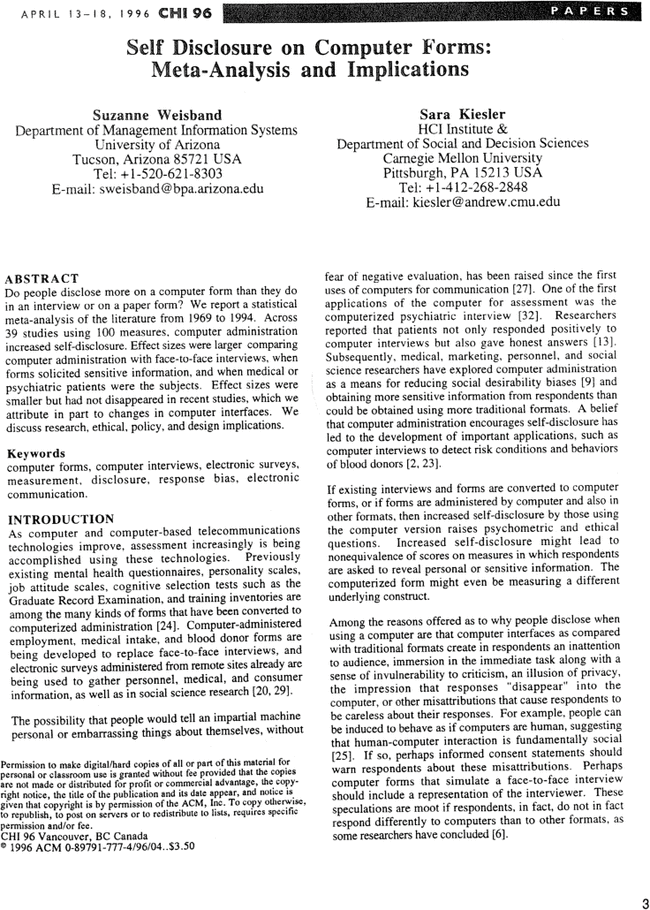Cited By
View all- Gupta AGupta A(2024)Challenges in Data CollectionQualitative Methods and Data Analysis Using ATLAS.ti10.1007/978-3-031-49650-9_3(61-97)Online publication date: 27-Jan-2024
- VonÈChe-Cardia IGillet D(2023)Supporting Well-Being: A Digital Intervention Model for Disclosing Sexual Harassment in Higher Education2023 IST-Africa Conference (IST-Africa)10.23919/IST-Africa60249.2023.10187870(1-8)Online publication date: 31-May-2023
- Wygnańska J(2023)The Experience of Conversation and Relation with a Well-Being Chabot: Between Proximity and RemotenessQualitative Sociology Review10.18778/1733-8077.19.4.0519:4(92-120)Online publication date: 31-Oct-2023
- Show More Cited By



